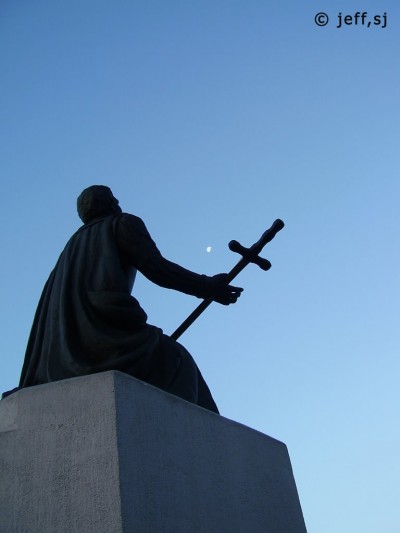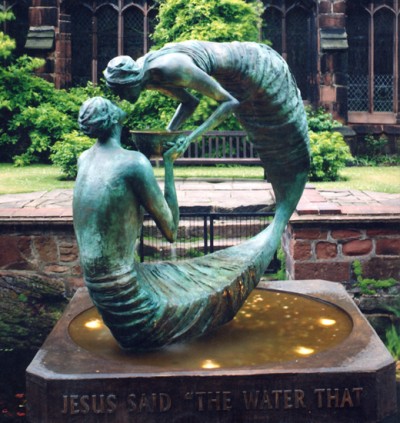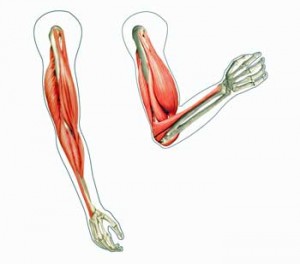18 years ago yesterday I was ordained a priest and 18 years ago today presided at my ‘first mass’. I miss not presiding these days and I miss preaching too. So I thought I would do some blog archaeology and reproduce some preaching from the past. The inaugural homily is from that mass of thanksgiving 18 years ago in Loyola Hall chapel. It is an exercise in hope. Eighteen years on, it seems (despite the sombre beginning) to be a tad too unrelentingly sunny but it is honest to that period in my life and, even now in chronic illness, I wouldn’t disavow its sentiments.
I think we all know, in one way or another, what St. Paul means when he talks about being caught in the slavery of decay: we all know, at times, the feeling of being trapped, the sense of the slow downhill slide; we all know how the past can be a prison, the present packed with pain, and the futile future only promising to hold worse. We know the struggle to not go under, to just survive, to just keep on breathing against the whole weight of the world.
All of us have an inkling of that slavery to decay—in our own personalised package—and I only evoke it today by way of contrast, because the readings set before us this afternoon underline powerfully God’s verdict on fear, on decay, and on death.
The message for us is that, just as God once spoke into the chaos and the void and found there light and life, so today God stands with us, sits among us, and says “let there be life.” Let there be new life.
Time and memory—that’s what our readings are about today. Time and memory and the way we are always poised between past and future in a moment of present possibility. Because no matter how we feel ourselves to be prisoner of the past … we have our moments.
There are moments, moments of surprising ease, moments when the powers of our past are balanced—poised—and it seems like the gears of things line up, the forces at work in the world are for a moment in harmony, and change is possible—change and hope.
Seed-like moments—which, if we recognised them, we would hold our breath for fear of hurting them—so delicate do the seem. Moments so balanced that a single grain of seed, here rather than there, might make all the difference. Moments that can shoot and root and bloom from nearly nothing to almost everything.
Maybe this is one of those moments for you—maybe God would like it to be—a moment when anything is possible, when everything could change. If it is such an opportunity then it is not because of this occasion, not because of me, not even because of you, but because of the One who sows these seeds. Because of the Sower, present with us in this moment. Not being careful in his planting, not being cautious in her scattering, but casting great handfuls of seed everywhere in hope.
Always in hope. Never writing off even the most unpromising soil, because maybe, just maybe, this time a seed will grow. So what is it that asks for hope in you today? What part of the past wants to be done with, to be let wither away? What little part of the present wants to sprout and grow and open up into the future?
Gardening has never been my speciality, but one thing I have learned and that’s how hard it is to tell, when something is just beginning to grow, whether you’ve got a flower or a weed— at that age they all look the same. So if we’re wise we wait a while until we know whether we’ve got cabbages or nettles before we start pulling. We are discriminating, yes, but we give everything a chance at life before we start thinning out. If only we took so much care with out inner lives. Most of us, inside, have instituted a scorched earth policy. Nothing new gets a chance to grow. God is waltzing around—prodigal as ever—with all these seeds of possibility. And we give so few of them a chance. We prefer to strangle them at birth rather than take a risk on a different future: on life; on happiness.
Perhaps it’s because the seeds seem such tiny, little things—surprising thoughts, unfamiliar feelings, memories full of life, inklings of hope—maybes and what-ifs.
What if I’m not as ugly as I think? Not as stupid? Not as lazy? Not as much to blame? Maybe that smile was meant for me, maybe someone up there cares for me, wants me to have fun, is yearning for me to laugh, is aching for me to bloom, is dying for me to live.
Maybe the face of God that looks upon me now isn’t scowling, isn’t stern, isn’t condemning. Maybe those eyes are tearing up with my pain, or softening into a smile. Maybe those lips are open to bless, to kiss. Maybe those arms want to embrace, to hold. Just maybe.
What if? What if I didn’t strangle these tender thoughts so quickly, what if I let them grow? What then?
Who knows what then! That’s the point! All creation since the beginning has been yearning, groaning to see what then. To see the revealing of the daughters and sons of God. The angels stand in awe of ‘what then’, all of heaven holds its breath … for a seed to grow.
So there are moments … moments like seeds when our past, as it passes through our present, can become the stuff of dreams and longing—our dreams, certainly, but, first and foremost, God’s. This is a seed-moment for me, a moment of possibility, a moment for dreaming God’s dreams. A little step further into new life. New Life!
Where are yours? There’s got to be some because God scatters them everywhere. And though some miss the soil altogether, and some get scorched, and some get strangled, some—oh some—shoot and root and bloom and ripen. And then a single seed yields a hundredfold. A hundredfold!








